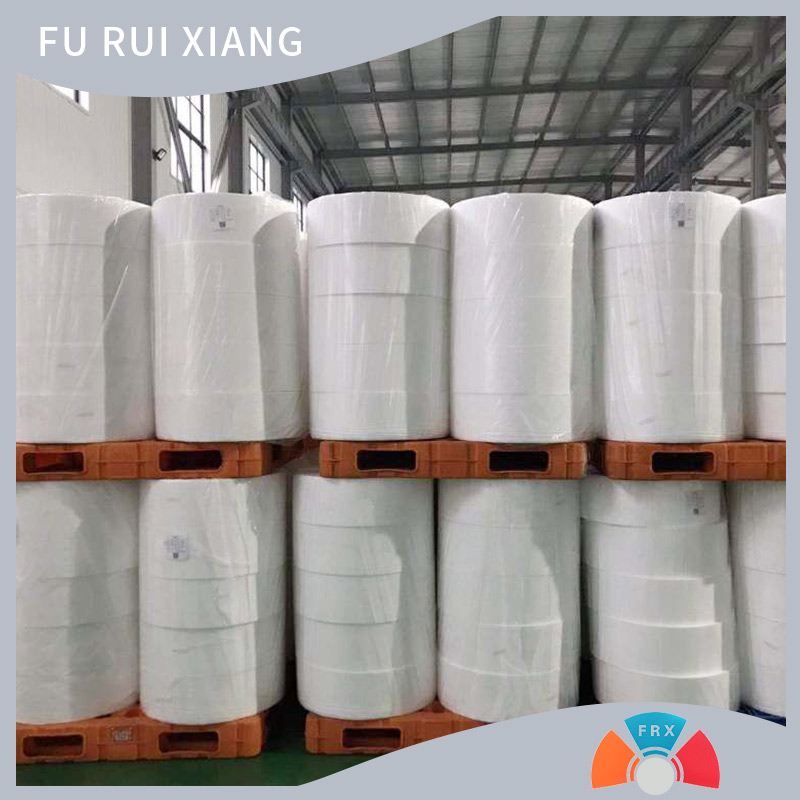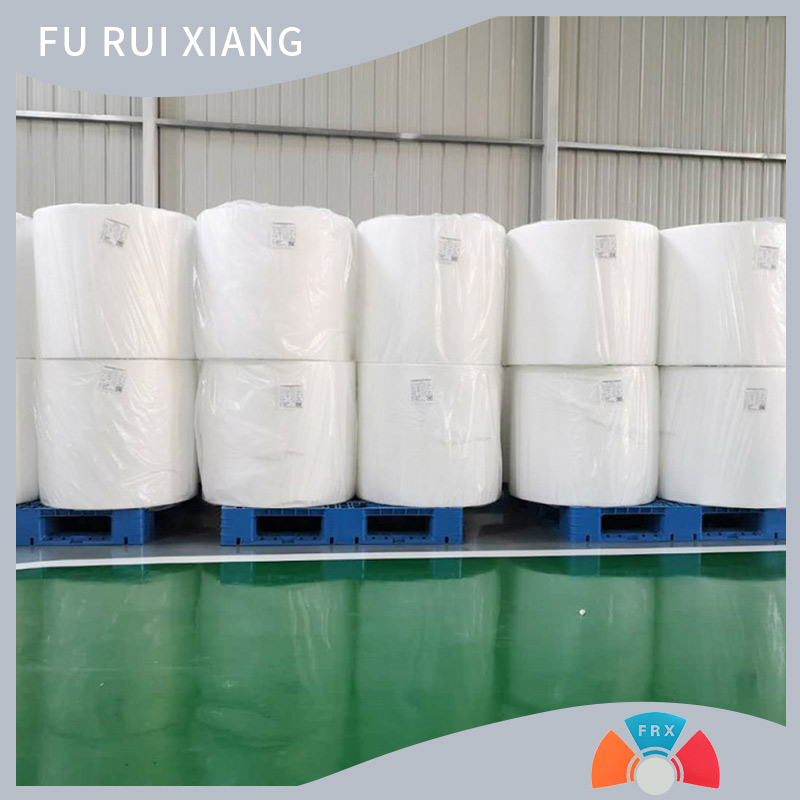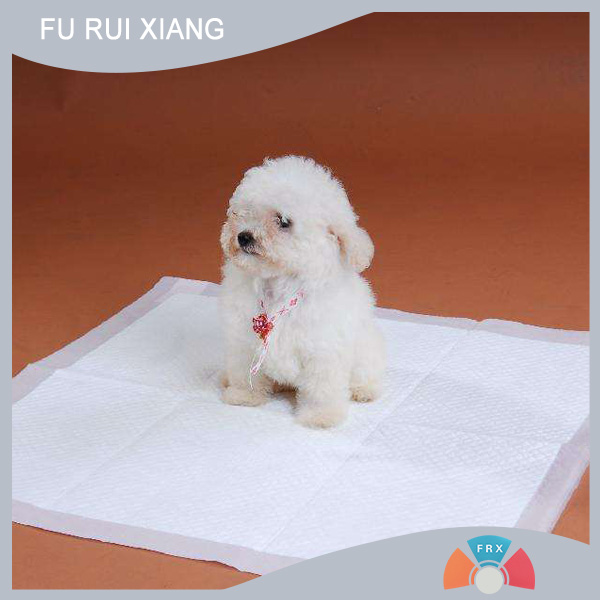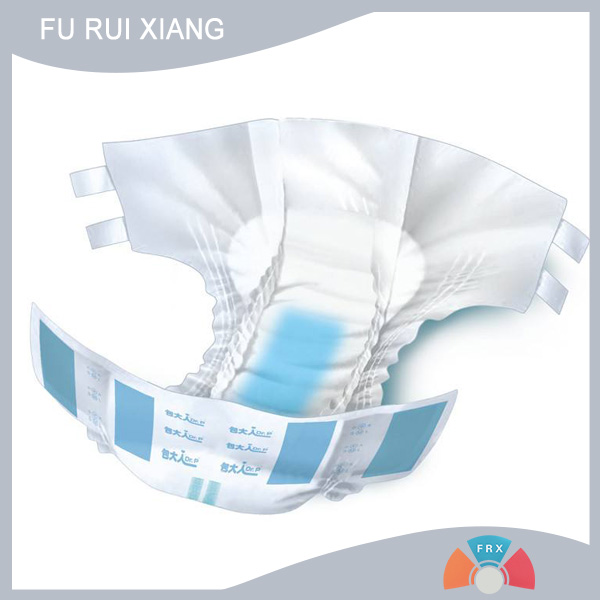What is non-woven fabric? Non-woven maintenance guide!
Non-woven fabrics are also known as non-woven fabrics, needled cotton, needled non-woven fabrics, etc., the use of polyester fiber, polyester fiber material production, through the needling process, can make different thickness, feel, hardness and so on.
According to the composition of non-woven fabrics, there are polyester, polypropylene, nylon, spandex, acrylic and so on; Different components will have a completely different style of non-woven fabric. And spunbond cloth, usually refers to polyester spunbond, polypropylene spunbond; The styles of these two types of cloth are very close, and can be distinguished by high temperature tests.
Non-woven fabric is a kind of nonwoven fabric, which is directly using polymer slices, short fibers or filaments to form a network through air flow or machinery, and then through spines, needling, or hot rolling reinforcement, and finally after finishing the non-woven fabric.
Maintenance of non-woven fabrics: non-woven fabrics should pay attention to the following points in maintenance and collection:
1, to keep clean, often change, to prevent moth breeding.
2, seasonal storage, must be washed, ironed, dry after the plastic bag sealed, flat in the closet. Take care to shade out the light to prevent fading. Should be often ventilated, dust to remove moisture, do not expose. Anti-mold, anti-moth tablets should be put into the wardrobe to prevent cashmere products from getting damp and mildew.
3, the lining of its matching coat should be smooth, and hard objects such as pens, key bags, mobile phones, etc. should be avoided in the pockets to avoid local friction and pilling. Minimize friction with hard objects (such as sofa backrest, armrest, table top) and crochet when wearing. It is not easy to wear for too long, and it is necessary to stop or change it for about 5 days to restore the elasticity of the clothing to avoid fiber fatigue and damage.
- Qingdao Furuixiang Plastic Technology Co., LTD. : Leading the innovation trend of spunbond nonwoven fabrics!
- The East Asian region accounts for 66.89% of the global textile industry's output value!
- Spunbond nonwoven fabric: An innovative material for multiple fields!
- The textile industry achieved a stable start in the first quarter of 2025!
- The economic operation of China's textile industry started basically steadily in the first quarter!
- The guardian warp and weft during the Grain in Ear season: The meticulous weaving of Qingdao Furuixiang Weicai Non-woven
- From Tradition to Innovation: The Optimization and Breakthrough Path of Eisai Nonwoven Fabric!
- "2025 Textile Industry Development Prospects and Trend Forecast!"
- The Advanced path of Eisai Nonwoven Fabric: A Quality Leap Driven by Innovation!
- The development prospects of the textile industry in 2025!










